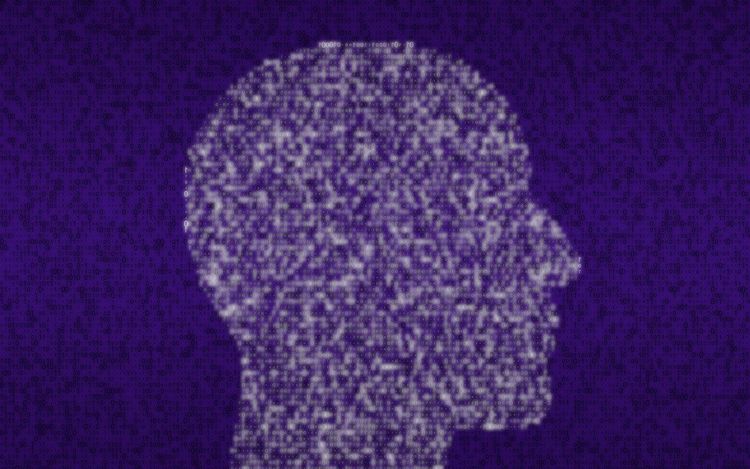The CIA Develops Its Own Version of ChatGPT
Most people like

Discover how virtual labs are transforming education and training by providing innovative platforms designed to enhance learning experiences. These advanced online environments offer hands-on practice, interactive simulations, and immersive resources, making complex concepts accessible and engaging. Whether for academic purposes or professional development, virtual labs are reshaping the way knowledge is acquired and skills are developed in today’s digital age.

Discover how our AI learning platform revolutionizes education by fostering engaging inquiry-based discussions and enhancing writing assignments. Designed for both educators and students, our platform leverages advanced AI technology to facilitate deeper understanding and critical thinking. Join us in creating a dynamic learning environment where inquiry leads to better writing skills and meaningful dialogue. Explore the potential of AI-driven insights to transform the way knowledge is shared and developed.

API2D is a powerful OpenAI API designed to seamlessly connect with third-party applications, enabling a variety of AI tasks such as natural language processing (NLP), machine learning (ML), conversation generation, and language translation. This versatile tool enhances the capabilities of developers and businesses looking to integrate advanced AI functionalities.
Find AI tools in YBX




